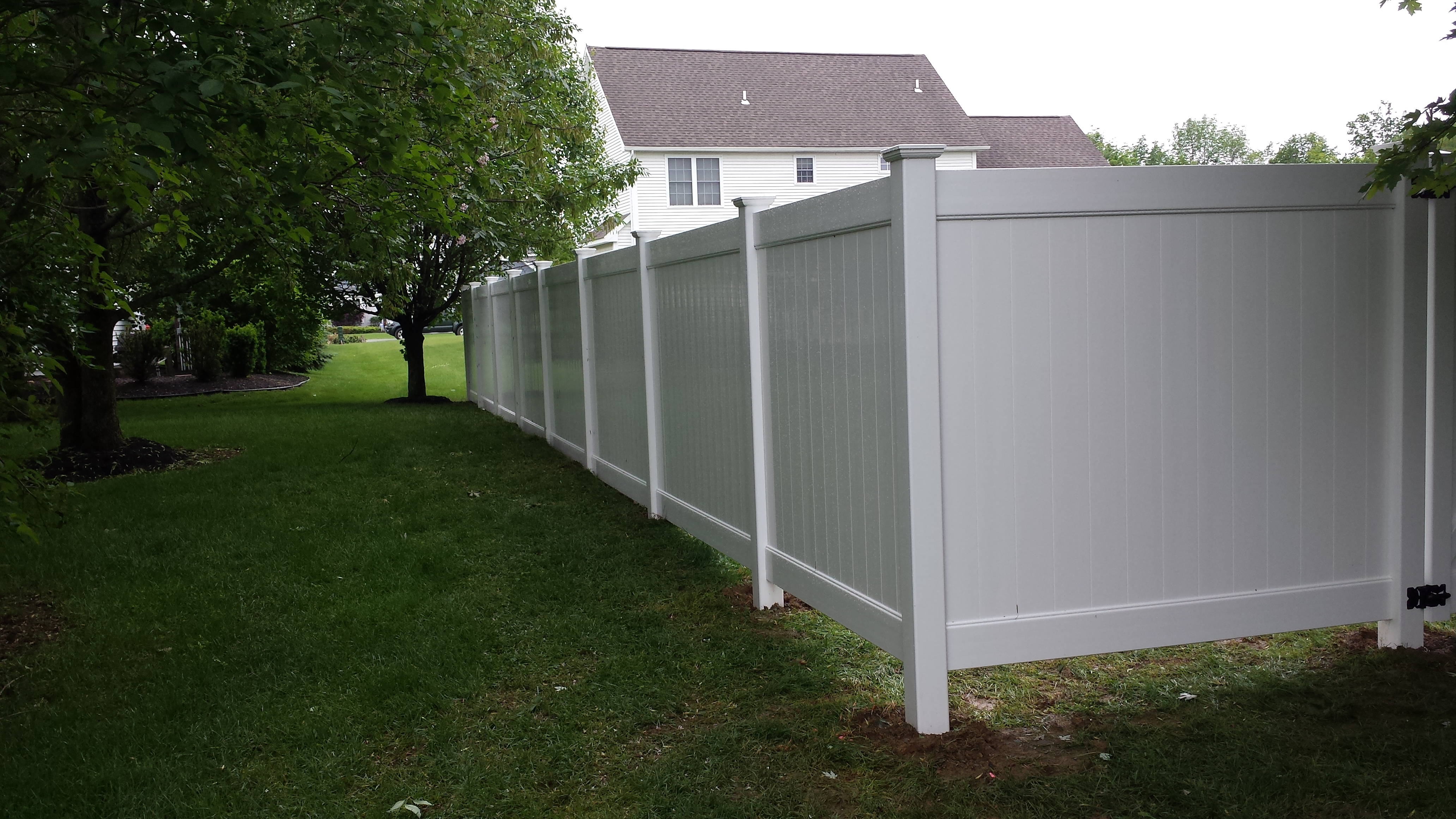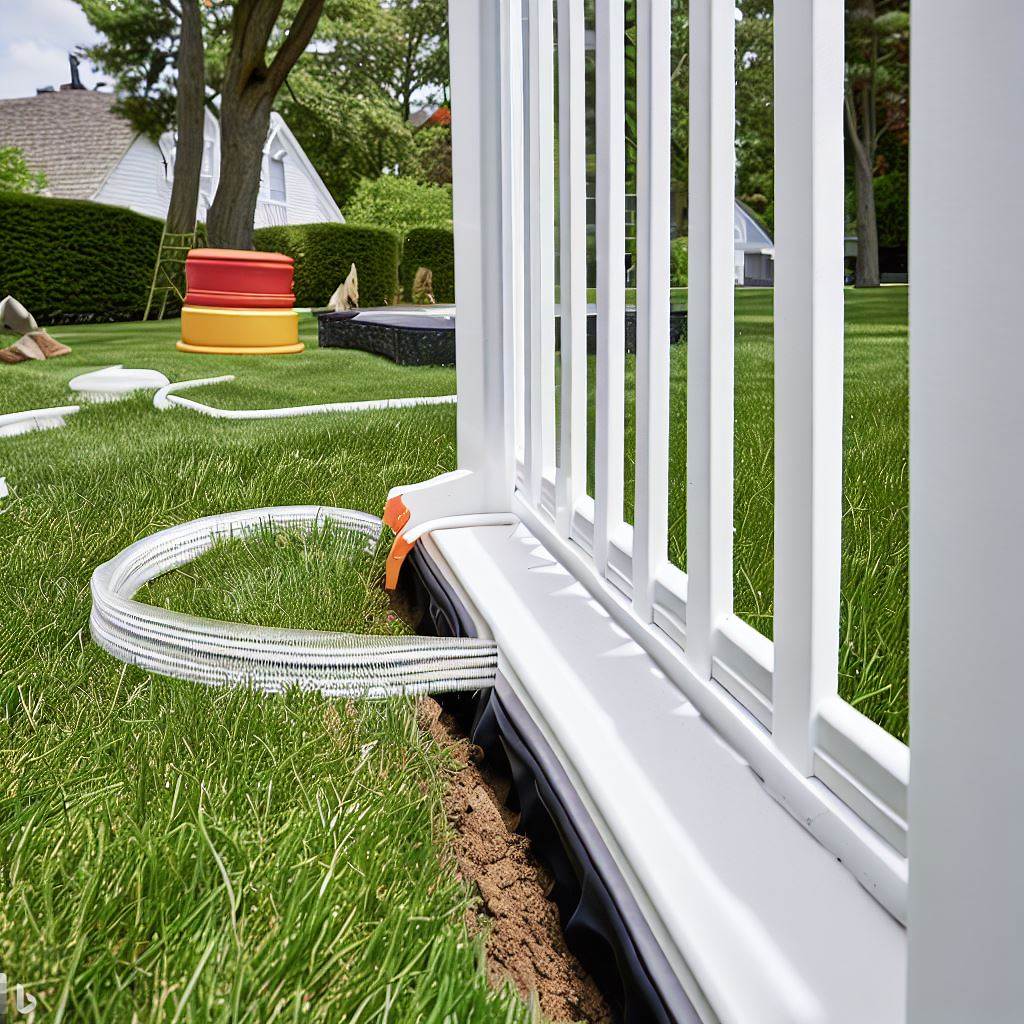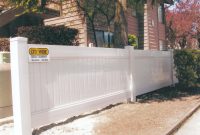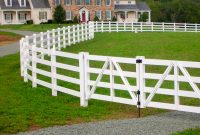 Vinyl Fence Gap Filler Jonathan Steele within size 4128 X 2322
Vinyl Fence Gap Filler Jonathan Steele within size 4128 X 2322Fill Gap At Bottom Of Vinyl Fence – Gaps in vinyl fences can compromise security and curb appeal, but you can easily prevent and fix them with the proper knowledge and techniques. This comprehensive guide will provide expert insights on preventing and improving gaps in vinyl fences, ensuring a secure and visually appealing fence.
1. Common Causes of Gaps in Vinyl Fences
Understanding the common causes of gaps in vinyl fences is the first step toward prevention and repair. Here are the main culprits:
a. Ground Settling or Erosion
Over time, the ground beneath your fence may settle or erode, causing the fence to shift and gaps to form. This is particularly common in areas with frequent rain, snow, or drastic temperature fluctuations.
b. Improper Installation
Improper installation techniques, such as not setting fence posts deep enough or not leveling the ground, can lead to gaps in your fence.
c. Material Expansion and Contraction
Vinyl is susceptible to expansion and contraction due to temperature changes. If the fence isn’t installed with this in mind, gaps may appear as the material expands and contracts.
2. Risks of Having Gaps in a Vinyl Fence
Gaps in a vinyl fence can pose several risks, including:
a. Security Concerns
Gaps may allow intruders or unwelcome animals to enter your property, compromising your security and privacy.
b. Visual Appeal
A fence with gaps can detract from the overall appearance of your property, impacting its curb appeal and potentially lowering its value.
c. Wildlife Intrusion
Gaps in your fence can make it easier for wildlife like rodents or snakes to enter your property and cause damage.
3. Preventing Gaps in Vinyl Fences
Taking steps to prevent gaps from forming in your vinyl fence will save you time and effort in the long run. Follow these tips for gap-free fencing:
a. Proper Installation Techniques
Ensure your fence is installed correctly by following the manufacturer’s guidelines or hiring a professional installer. Proper installation techniques include setting fence posts deep enough, leveling the ground, and accounting for material expansion and contraction.
b. Regular Maintenance and Inspections
Conduct regular maintenance and inspections to identify and address potential issues before gaps occur. Look for signs of ground settling, erosion, or shifting fence panels.
4. Best Ways to Fill Gaps at the Bottom of a Vinyl Fence
If gaps have already formed in your vinyl fence, there are several ways to fill them and restore your fence’s security and appearance:
a. Caulk or Sealant
A flexible caulk or sealant designed for outdoor use can help fill small gaps in your fence. Apply the caulk or sealant to the gap, smoothing it out with a putty knife or your finger, and allow it to dry before painting or staining to match the rest of the fence.
b. Fence Gap Fillers
There are products on the market explicitly designed to fill gaps in fences. These may include rubber or plastic strips easily inserted into the gap, providing a secure and visually appealing solution.
c. Adjusting the Fence Installation
In some cases, the best solution may be to adjust the installation of your fence. This could involve re-leveling the ground beneath the fence, repositioning fence posts, or adding additional panels for material expansion and contraction.

5. Vinyl Fence Maintenance Tips
Regular maintenance is essential for keeping your vinyl fence gap-free and in optimal condition. Follow these tips for long-lasting, beautiful fencing:
a. Cleaning and Care
Clean your vinyl fence regularly using a mild detergent and a soft brush or cloth. This will help prevent dirt, algae, and mildew from building up and causing damage. Be sure to rinse the fence thoroughly with water after cleaning.
b. Seasonal Inspections
Inspect your fence at least once per season, checking for any signs of damage or wear that may result in gaps. This includes looking for loose or damaged fence posts, sagging panels, or indications of ground settling.
c. Repairing Damaged Sections
If you notice any damaged sections of your fence, address them promptly to prevent gaps from forming or worsening. This may involve replacing broken or cracked panels, reinforcing loose fence posts, or adjusting the fence to accommodate ground settling.
6. Conclusion
Preventing and fixing gaps in your vinyl fence is crucial for maintaining a secure and visually appealing property. By understanding the common causes of gaps, taking steps to prevent them, and addressing any issues, you can enjoy a gap-free fence for years to come. Regular maintenance, inspections, and prompt repairs ensure your fence remains in top condition. For more information on vinyl fence installation and maintenance, check out this helpful article from Family Handyman.
Following this comprehensive guide, you’ll be well-equipped to keep your vinyl fence looking great and functioning optimally. Remember, a well-maintained fence not only enhances the security and privacy of your property but also contributes to its overall curb appeal and value. So, take the time to care for your fence and enjoy its benefits to your home.
As you continue on your journey to maintain a beautiful and secure vinyl fence, don’t miss out on the wealth of knowledge and inspiration available in the “Fences Ideas” category on ethanvizitei.com. Explore various fence styles, materials, and designs further to enhance your property’s security and aesthetic appeal. From innovative solutions to common fencing problems to stunning ideas for landscaping around your fence, you’ll find a treasure trove of information that caters to your needs and interests. So why wait? Dive into the “Fences Ideas” category now and let your creativity flourish as you create the perfect outdoor space for your home.


